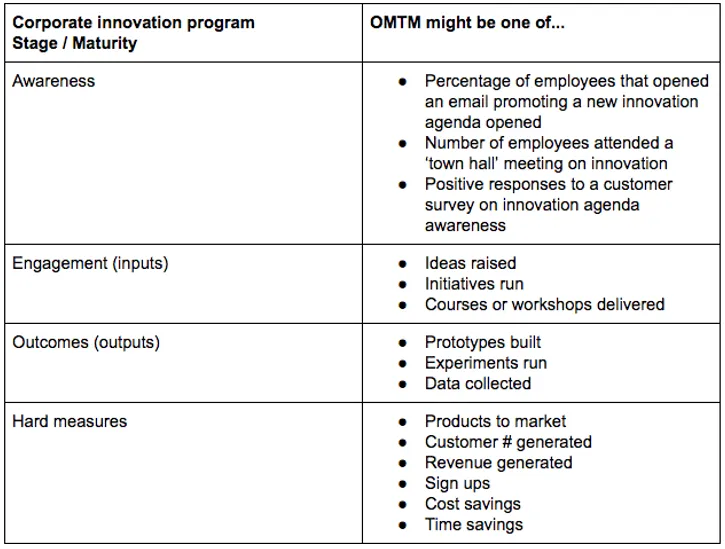Coaching culture and team coaching are increasingly recognized as vital components in building a constructive and productive workplace culture.
This article delves into the essence of coaching culture and explores how team coaching fosters a positive and effective work environment.
What is Coaching Culture?
A coaching culture is an organizational environment where coaching practices are embedded in daily interactions and management strategies. It’s characterized by open communication, continuous learning, feedback, and a supportive atmosphere that encourages personal and professional growth.
In a coaching culture, the focus is on developing employees’ skills, enhancing their performance, and empowering them to reach their full potential.
The Benefits of a Coaching Culture
- Enhanced Employee Engagement: When employees feel supported and know that their development is a priority, their engagement and job satisfaction increase.
- Improved Performance: Regular coaching helps in identifying areas for improvement and developing strategies to address them, leading to enhanced overall performance.
- Fosters Continuous Learning: A coaching culture encourages an attitude of continuous learning and adaptability, which is crucial in today’s fast-paced business world.
- Better Communication: Coaching involves active listening and open dialogue, which improves communication across all levels of the organization.
- Increased Innovation: By empowering employees to take risks and think creatively, a coaching culture fosters an environment of innovation.
Team Coaching as a Pillar of Coaching Culture
Team coaching is a specific approach within the broader context of a coaching culture that focuses on enhancing the performance and dynamics of teams. It involves a coach working with a team to improve their collaboration, communication, and collective problem-solving abilities.
How Team Coaching Builds a Constructive Culture
- Promotes Team Synergy: Team coaching helps in aligning individual goals with team and organizational objectives, promoting a sense of unity and purpose.
- Enhances Communication and Trust: Through team coaching, members learn to communicate effectively, listen actively, and build trust among each other.
- Resolves Conflicts Constructively: Coaches equip teams with tools to manage and resolve conflicts in a way that strengthens team dynamics rather than weakening them.
- Develops Leadership Skills: Team coaching often involves developing leadership skills not just in formal leaders, but across the team, encouraging a shared leadership model.
- Adapts to Change: Teams that undergo coaching are better prepared to adapt to change and navigate challenges, contributing to a resilient organizational culture.
Implementing Team Coaching
Implementing team coaching requires commitment from all levels of the organization. It starts with top management endorsing the value of coaching and permeates through the organization by training managers and leaders as coaches.
Regular team coaching sessions, combined with individual coaching and ongoing support, ensure the development of a strong coaching culture.
Agile PeopleOps Framework Certified Systemic Team Coach™
The Agile PeopleOps Framework Certified Systemic Team Coach™ course stands out as a significant program for future skilling participants in the field of team coaching.
Explore the upcoming dates for our course here, and enroll to start your journey.
It is tailored for HR professionals, PeopleOps leaders, and managers, focusing on enhancing team communication, collaboration, and leadership skills over a 12-week online program.
Conclusion
Integrating a coaching culture and team coaching practices is a powerful strategy for organizations aiming to foster a constructive, collaborative, and high-performing work environment.
By focusing on continuous development, communication, and team dynamics, organizations can unlock the potential of their employees and teams, leading to sustainable success and growth.







